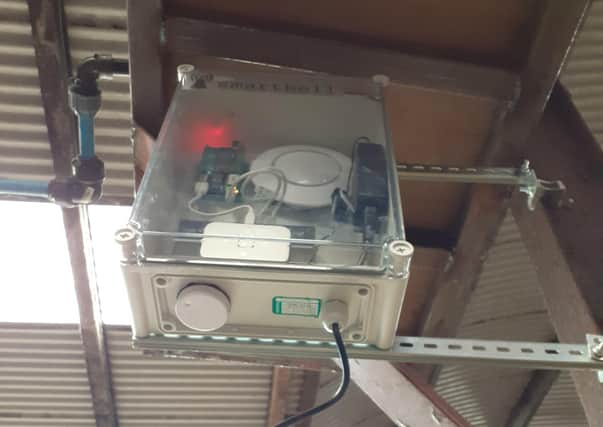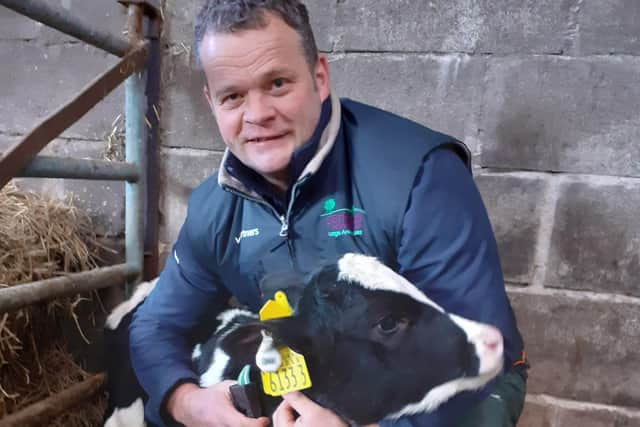Early disease detection system for calves trialled on-farm


The £1m project will see Parklands Farm Vets, Cambridge based company Smart Bell, Scottish Rural College (SRUC), Agri-EPI Centre and Innovate UK collaborate to address the costs associated with common diseases in youngstock.
“Early calf disease, especially scour and pneumonia, is estimated to cost the industry £120m a year through loss of production,” says Eamon Donnelly of Parklands Farm Vets who is also the lead vet on this project.
Advertisement
Advertisement
“We also know calf pneumonia is under diagnosed and therefore under treated on-farm. In one study 68% of apparently healthy calves had lung lesions at abattoir inspection of the carcases, showing they had been affected by respiratory disease.”


Mr Donnelly highlights a recent study in Scotland which used ultrasound scanning to detect lung lesions in calves.
“Of 190 calves across six farms, 17% apparently healthy calves had lung damage which was detected by ultrasound examination. Only 2% of these calves had been treated by the farmers,” he says.
“The precision technology developed as part of this project monitors the calf’s skin temperature and mobility to help detect disease during early life, when incidence is typically at its highest. The technology has the capability to detect disease before it is visible to the calf rearer therefore promoting proactive treatment.
Advertisement
Advertisement
“It’s simple to install and uses a reusable tag which is applied when the animal is one week old and stays with the calf until 16 weeks,” he adds.
A 50cm x 60cm data capture box is fitted on a steel post about 3m high explains Mr Donnelly. “The box captures the data from the tags and also measures environmental factors including temperature, humidity and wind speed.
“The environmental and tag data are combined and transmitted to the farmer’s phone where an app generates a warning of suspected disease when specific thresholds are reached.”
One of the first UK farms to trial the new tag system is Gallagher farms outside Moy in County Tyrone, where the system was fitted in January 2021.
Advertisement
Advertisement
“We’ve already seen benefits from the farmer receiving the suspected disease alerts and being able to treat calves promptly,” says Mr Donnelly.
“This technology will allow calves to be treated early reducing the chance of infection getting established in rest of the calf group. It also promotes a good response to treatment, results in less damage to lungs from pneumonia and means the calf is less likely to have reduced daily weight gain or milk production later in life.
“Reducing disease incidence in early life will help maximise the lifetime capability of an individual calf, meaning it fulfils its genetic potential,” he concludes.